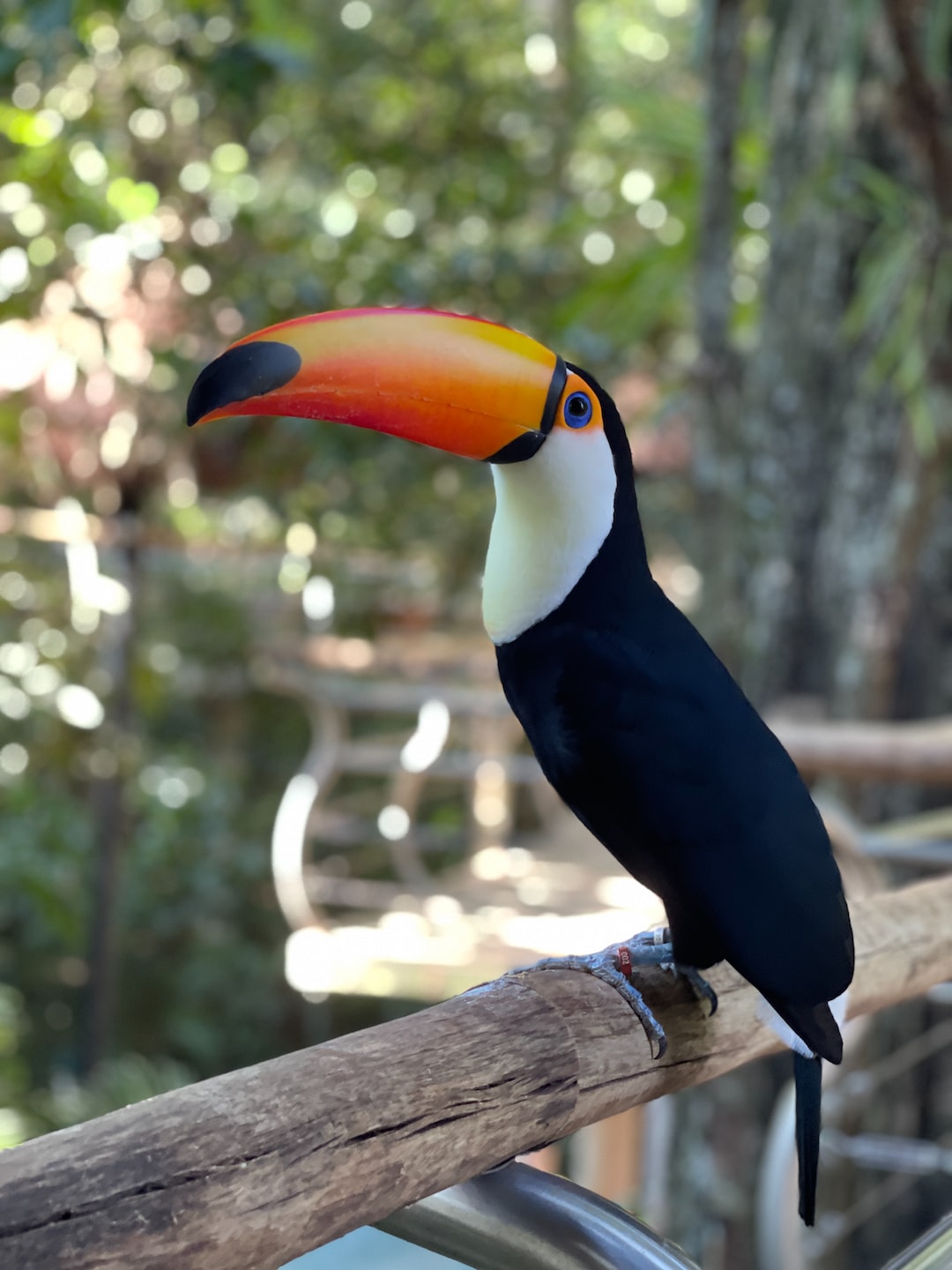The Intricate Social Structures of Bees: A Lesson in Teamwork
Bees are known as some of nature’s most diligent and efficient workers. They demonstrate remarkable teamwork and cooperation in their daily activities, which form the basis of their intricate social structures. Observing bees can provide valuable insights into the importance of teamwork and collaboration in achieving shared goals.
Bees are famously organized into three distinct castes: queen bees, worker bees, and drones. Each caste has specific roles and responsibilities within the hive. The queen bee is the leader of the colony and is responsible for laying eggs. She is the mother to all other bees in the hive. Worker bees are predominantly female and make up the majority of the colony’s population. They perform a multitude of tasks, such as foraging for food, caring for the young, and building and protecting the hive. Drones, on the other hand, are male bees whose primary role is to mate with the queen.
One striking aspect of bee social structures is their division of labor. Worker bees carry out an impressive array of tasks, taking on different roles at different stages of their development. Some bees may spend their days searching for nectar and pollen, while others are busy constructing intricate honeycombs or tending to the queen’s needs. This division of labor ensures that every aspect of hive maintenance is covered, allowing the colony to function harmoniously.
The hierarchical structure within a bee colony is also impressive. The queen bee holds a position of authority and commands the respect and obedience of the other bees. However, her control is not one of tyranny but rather one of cooperation and collaboration. The queen bee emits pheromones that signal the unity and coherence of the colony, ensuring that all bees work together seamlessly. This sense of unity is crucial in achieving their shared goals.
Bees also communicate with each other using fascinating dance-like movements known as the waggle dance. This intricate form of communication conveys important information about food sources, including their distance and direction. Bees use this dance to communicate with their fellow foragers, sharing vital information that enables others to find the most productive nectar and pollen sources. This communication process exemplifies the power of effective teamwork and information sharing.
The collaboration between bees extends beyond their own colony. Bees engage in a behavior known as “flower constancy,” where they preferentially visit a specific type of flower during a foraging trip. By doing so, they inadvertently facilitate cross-pollination between plants of the same species, contributing to the greater ecological balance. This remarkable behavior demonstrates how bees have a positive impact on the environment beyond their immediate needs and showcases the benefits of collaborative efforts.
The intricate social structures of bees serve as a valuable lesson in teamwork for humans. Just like bees, we can achieve great things when we work together towards a common goal. By recognizing our individual strengths and working within a collective framework, we can accomplish tasks more efficiently and effectively. Collaboration allows us to share ideas, distribute workloads, and achieve greater outcomes.
Moreover, bees emphasize the importance of effective communication in a group setting. Clear and accurate communication is essential for coordination, timely decision-making, and the successful completion of tasks. By sharing information openly and honestly, we can create a sense of unity and ensure that everyone is working towards the same objective.
In conclusion, the intricate social structures of bees illustrate the power and effectiveness of teamwork. Through their division of labor, hierarchical organization, effective communication, and collaboration beyond their colony, bees exemplify the benefits of working together towards a shared goal. By observing and learning from bees, we can apply these lessons of teamwork in our own lives, fostering cooperation and achieving greater outcomes. Bees truly serve as remarkable teachers in the art of collaboration.


